PsychNewsDaily Publishers
100 Summit Drive
Burlington, MA, 01803
Telephone: (320) 349-2484
PsychNewsDaily Publishers
100 Summit Drive
Burlington, MA, 01803
Telephone: (320) 349-2484
Mark Twain predicted his death coinciding with Halley's Comet return, which occurred in 1910, just one day after Twain's passing.

Ever wonder if anyone really nailed a prediction about the future? History’s honestly full of people making wild guesses that ended up being spot-on. Some of these moments are so uncanny, you have to do a double-take.
These stories show how a few bold visions ended up matching real events almost perfectly. It’s a little spooky, honestly.
Here are 10 historical predictions that actually came true—proof that sometimes, people really do see what’s coming. You’ll get a peek at how old ideas connected with things we take for granted now.
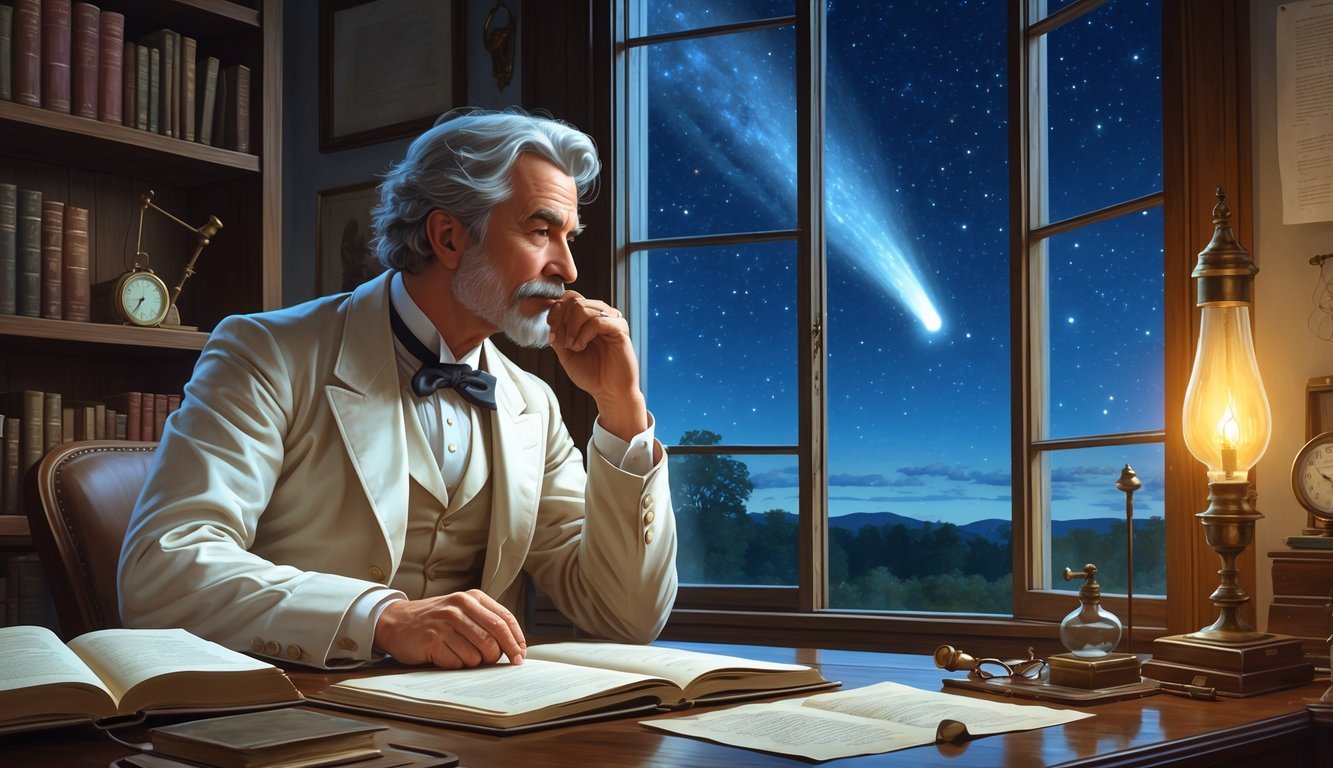
Mark Twain once made a wild prediction about his own death and Halley’s Comet. He was born in 1835, right when the comet showed up.
Twain said he’d “go out with it” when Halley’s Comet came back. And wouldn’t you know it, the comet returned in 1910—and Twain died just a day after it reached its brightest.
It’s not every day someone ties their fate to a comet and gets it right. People still talk about this strange coincidence.
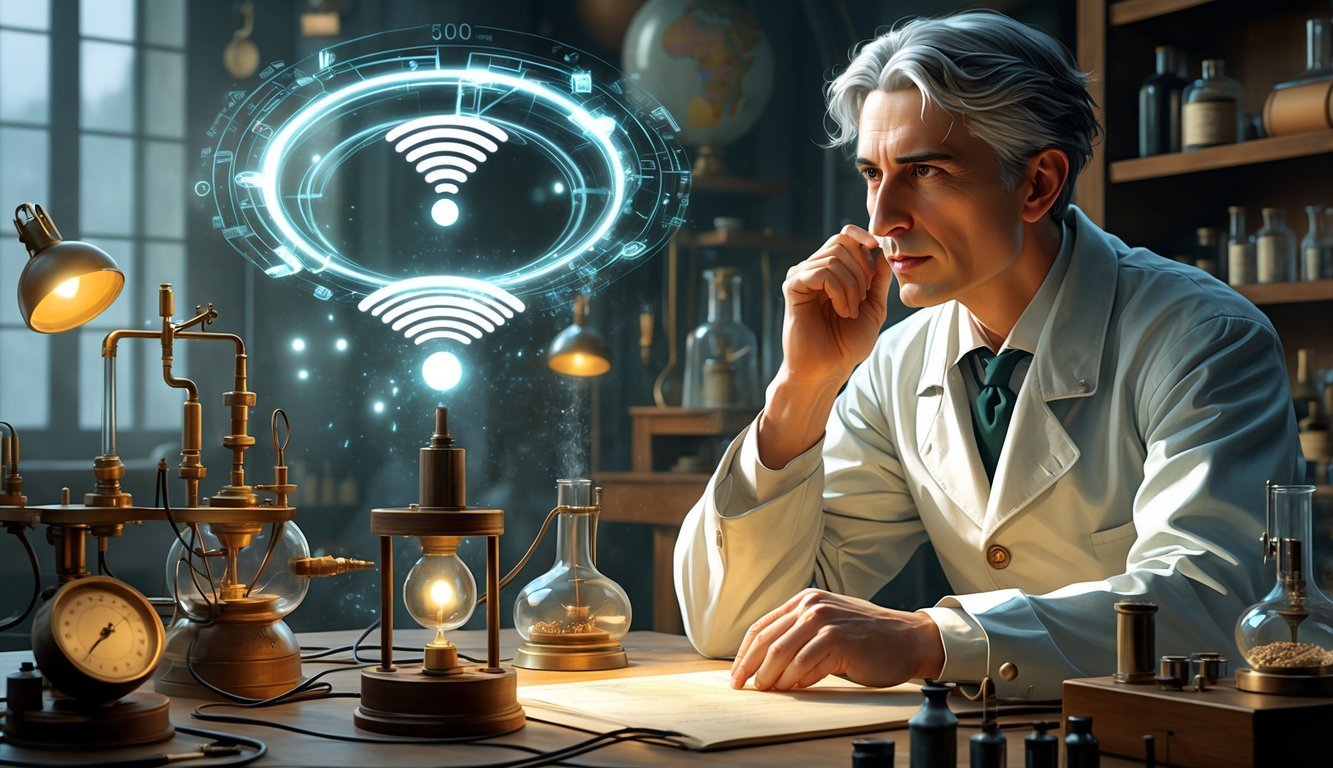
Nikola Tesla dreamed up wireless communication before anyone else took it seriously. Around 1900, he tinkered with ways to send signals through the air, no wires needed.
He believed we could beam messages and data straight to distant gadgets. That’s basically the backbone of Wi-Fi and mobile networks now.
Tesla’s ideas connected people without cables, changing how the world communicates. Even though some of his inventions didn’t work out, you can see his fingerprints all over today’s tech.
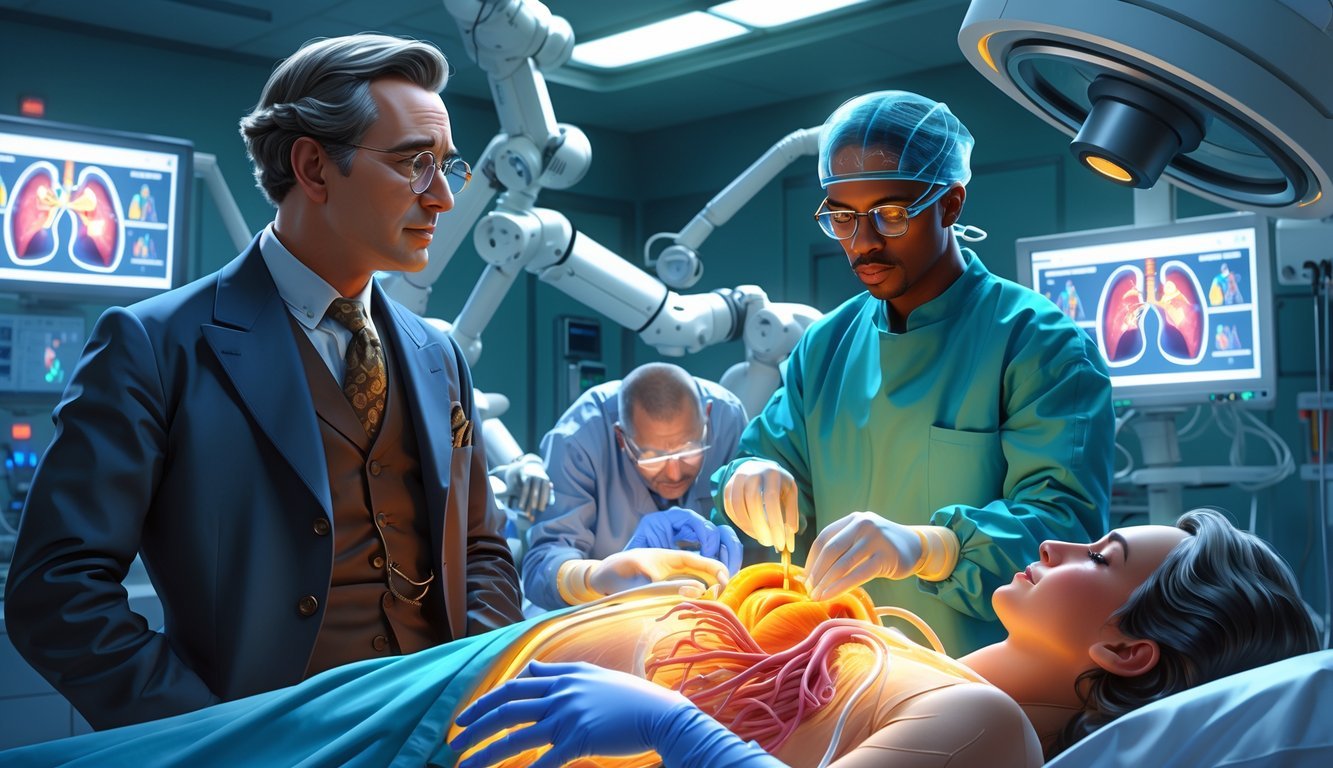
Back in 1900, John Elfreth Watkins guessed that doctors would someday swap out damaged organs for new ones. Medicine was still pretty basic, so this was a huge leap.
He claimed that by the year 2000, people would take organs from one person and put them in another. Sounds like sci-fi, right? But organ transplants now save thousands of lives each year.
It’s honestly wild how someone could see that far ahead. Watkins really had some imagination.
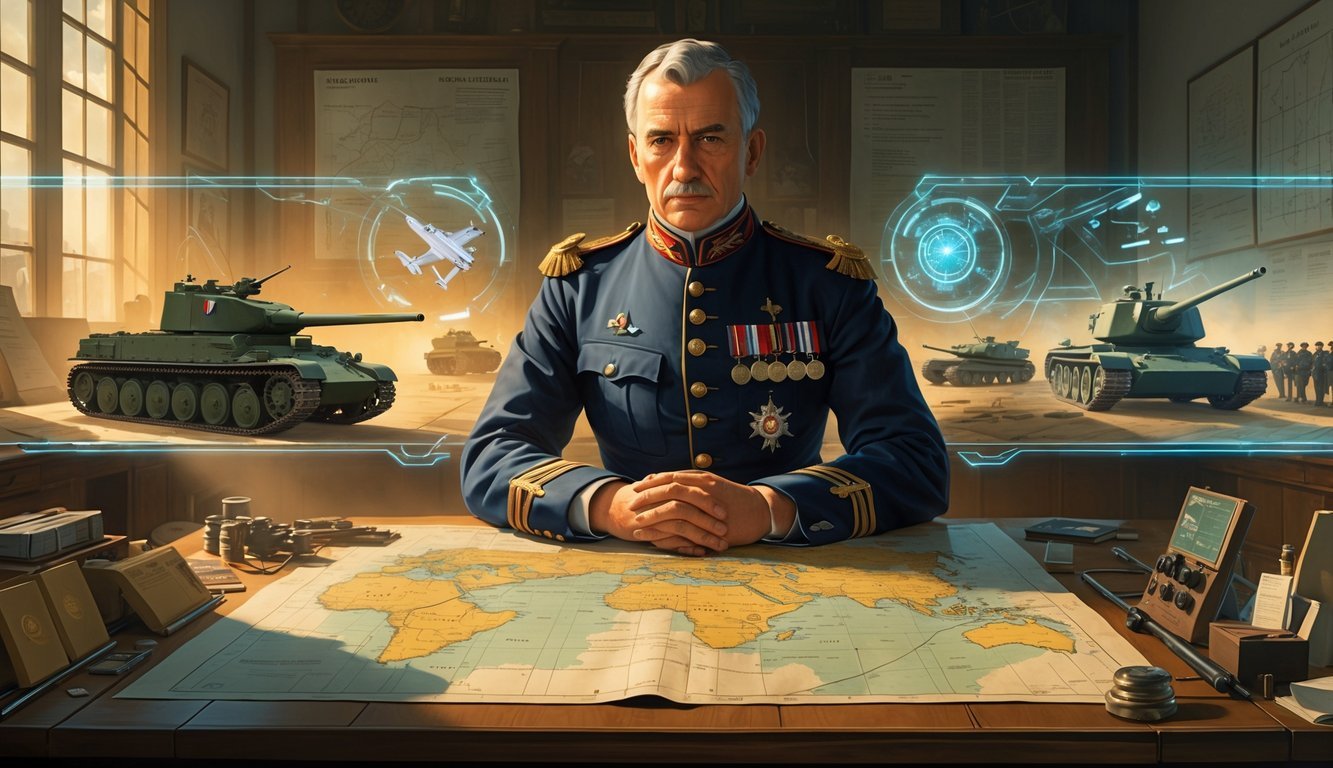
Ferdinand Foch, a French general, figured out how future wars would change long before World War II. He saw that new military tactics would become crucial.
Foch realized airpower and fast-moving troops would change everything. At first, he called airplanes “interesting toys,” but he later understood their real power.
His strategies about mixing forces still shape how armies fight today. You can spot his influence in modern military thinking.
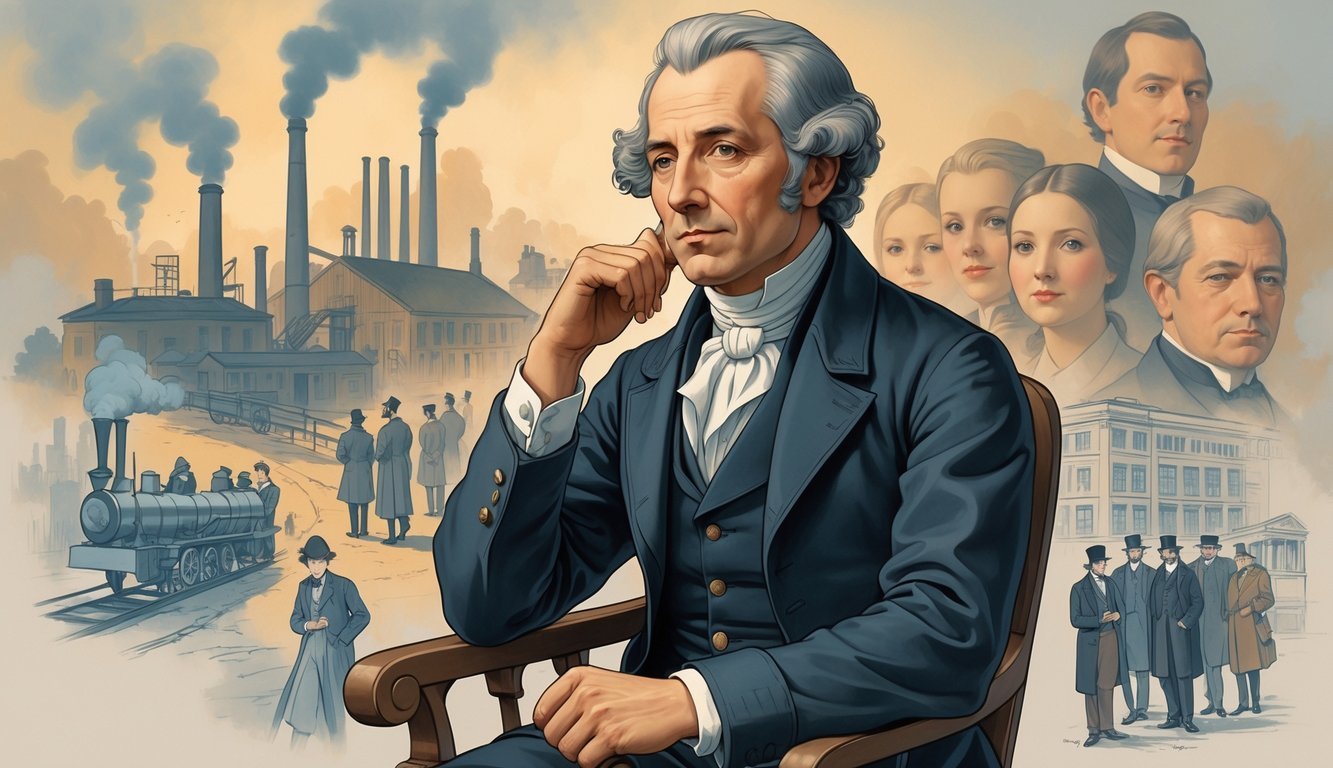
Alexis de Tocqueville really nailed some of America’s future social shifts. When he visited in the 1830s, he saw democracy growing stronger but also warned about new problems.
He noticed that democracy could make people feel isolated by focusing on the majority. That could hurt personal freedom and push society toward equality over liberty.
Tocqueville also saw that social inequality might keep growing, even with democracy’s promises. He argued America’s future would depend on balancing freedom and equality.
His early insights still shape how we think about American society today.
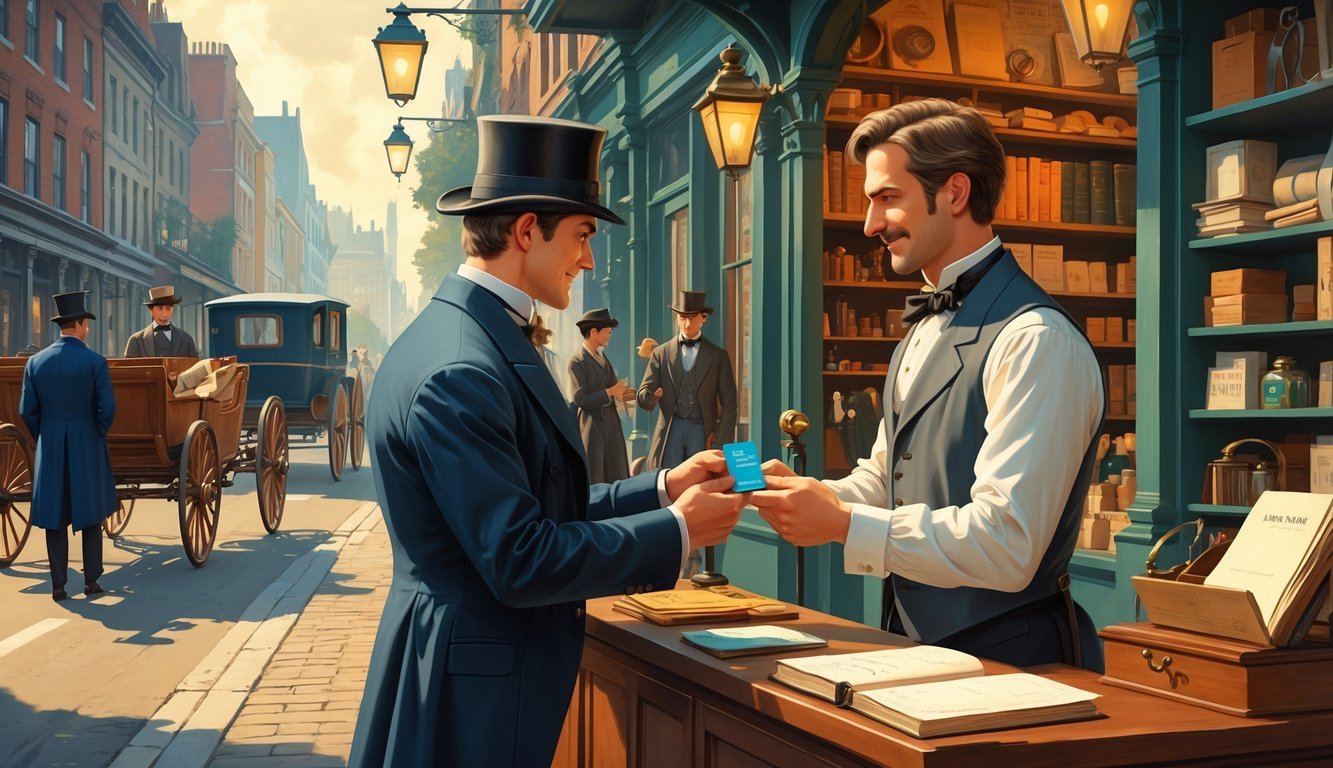
Did you know that someone imagined credit cards over a century ago? Edward Bellamy, a sci-fi writer, described a world in the late 1800s where people used “credit cards” instead of cash.
In his story, everyone got cards to buy what they needed from public stores. That’s pretty much how we use credit and debit cards now.
Bellamy actually used the term “credit card,” which is kind of mind-blowing for his time. His vision really captured how shopping and money would change.
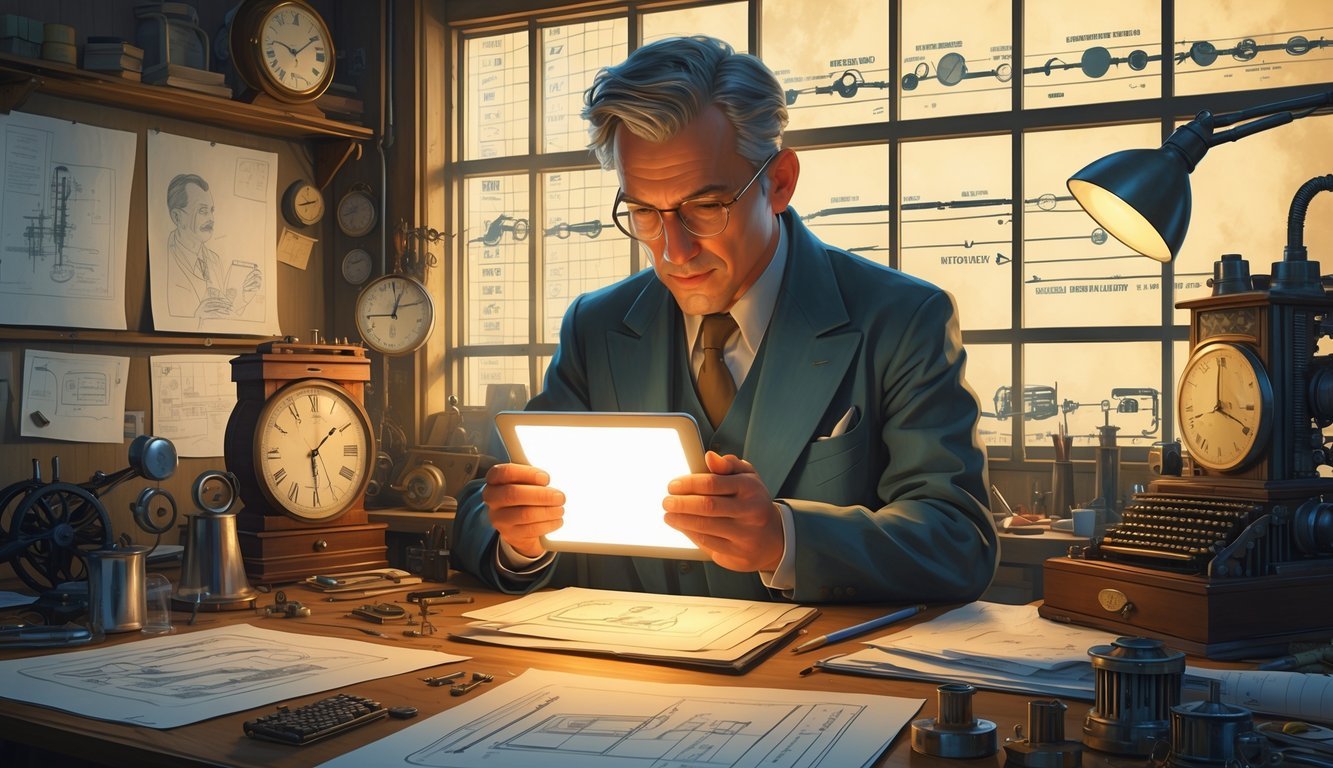
Picture this: Arthur C. Clarke, the legendary sci-fi author, described a tablet-like device in 1968 in his book 2001: A Space Odyssey. That’s more than 40 years before Apple even announced the iPad.
He imagined people using portable, touchscreen gadgets for reading and more. Clarke really nailed how technology would change how we use computers.
When Apple finally launched the iPad in 2010, they made that vision real. The iPad’s mix of portability and power made it a tech game-changer—just like Clarke guessed.
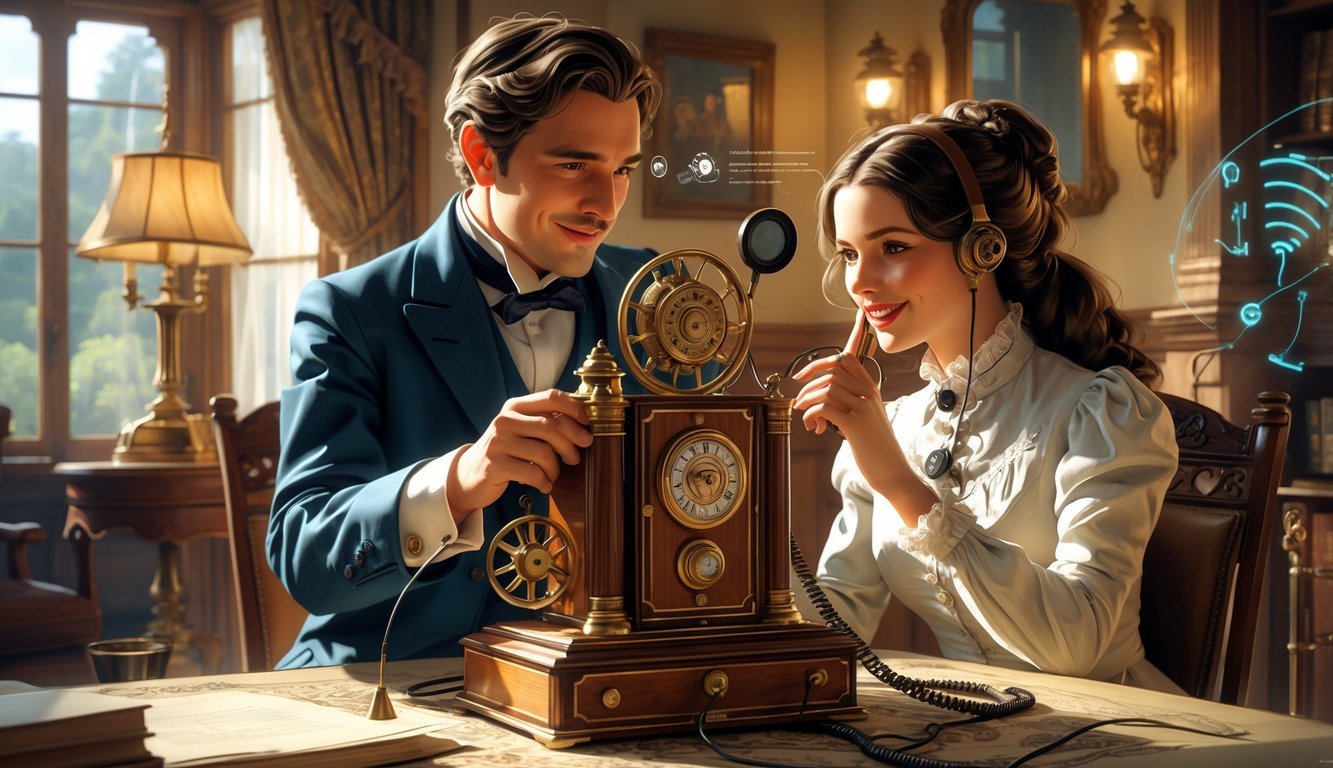
Imagine living before 1910, when phones were huge and stuck to the wall. Still, some people dreamed of wireless talking.
Nikola Tesla talked about sending messages through the air, just like we do now. His ideas were seriously ahead of his time.
People back then pictured mobile phones kind of like the ones we have now, even if they missed some details. The dream of talking from anywhere was already there.
It’s wild to think those early visions helped shape the phones you carry every day.
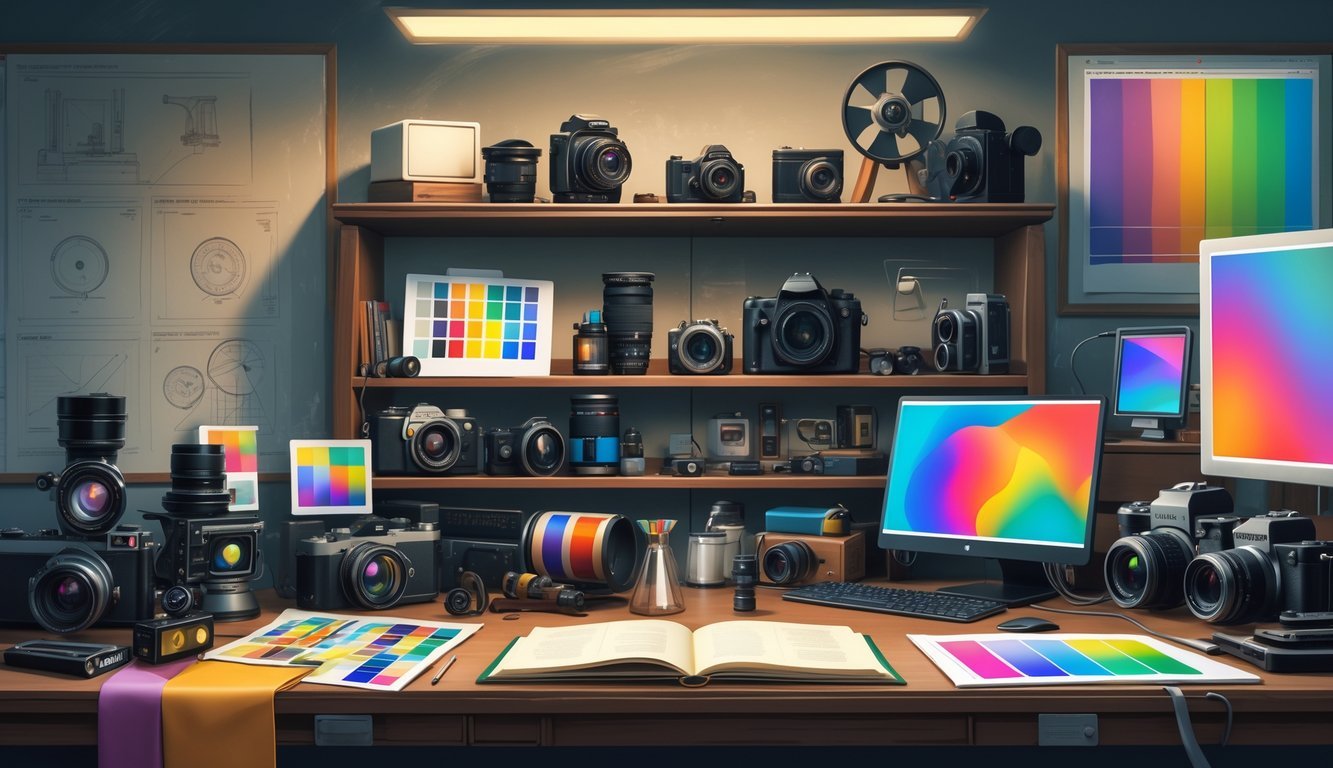
Way back when, someone guessed that photos would capture all the colors of nature perfectly. That was a bold claim, especially when color photography barely existed.
Even more surprising, they imagined sending photos instantly over long distances. Now, you can snap a colorful photo and share it in seconds.
That early prediction really showed how people could dream up tech we now take for granted. It’s kind of amazing how right they were!

Honestly, it’s kind of wild that people saw the rise of the prepared meals industry coming years ago. Some experts noticed how busy life was getting, and how more families had both parents working.
The market for ready-to-eat meals is exploding. Analysts expect it to hit almost $300 billion worldwide by 2032.
You can spot this trend just about everywhere. Stores stock way more frozen and refrigerated meals than they used to, and you can heat most of them up in a few minutes.
That early prediction about changing eating habits? It nailed how much we all crave convenience now.